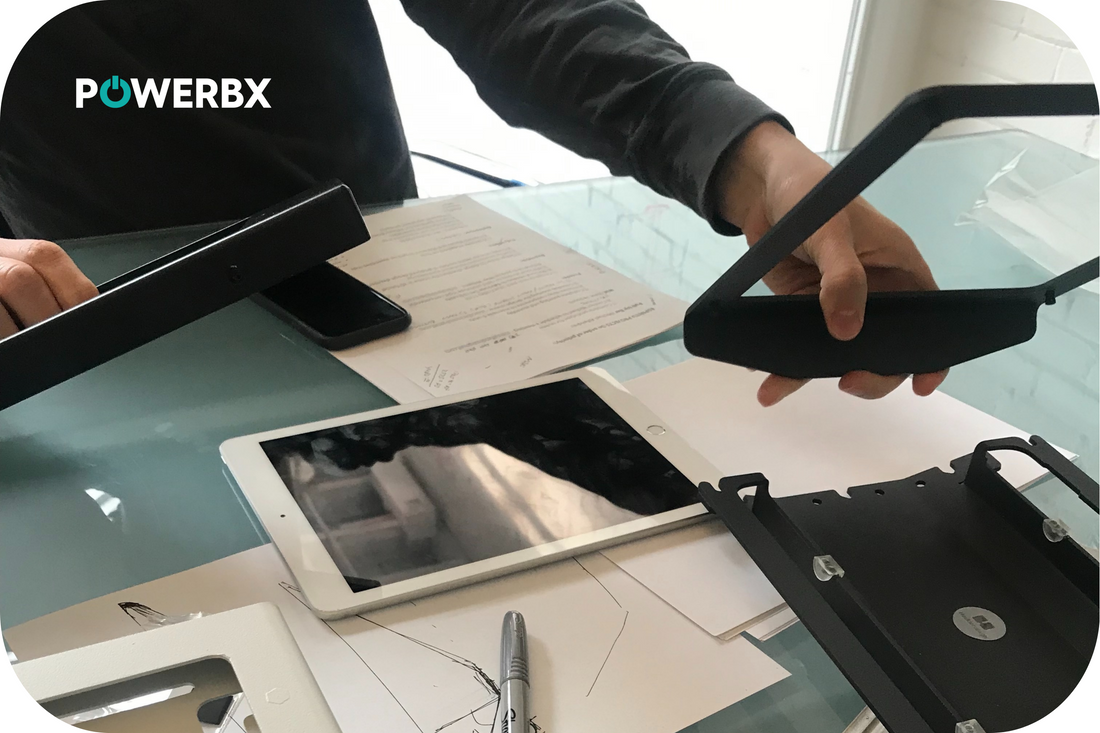Purpose-Built Tech: Tailoring Room Scheduling Displays for Every Workspace
In the ever-evolving landscape of workplace technology, room scheduling displays stand out as a testament to how far we've come in creating more efficient, collaborative, and intelligent work environments. These purpose-built technological solutions are not just about displaying room availability; they are about transforming how we interact with our physical spaces. This article delves into the significance of tailoring room scheduling displays for every workspace, ensuring they meet the unique demands and dynamics of modern-day businesses.
The Evolution of Room Scheduling Displays
Gone are the days when room reservations were managed through a chaotic mix of sticky notes, shared spreadsheets, and endless email threads. The advent of room scheduling displays marked a significant leap forward, providing real-time visibility into room availability, enhancing decision-making, and fostering a more dynamic use of space.
From Basic to Advanced: A Technological Journey
Initially, room scheduling displays were simple digital panels indicating whether a room was occupied or available. Today, these systems are sophisticated tools integrated with various workplace management applications, offering features like on-the-spot booking, integration with calendars, and detailed analytics on space utilization.
The Need for Customization in Room Scheduling Displays
Every workspace has its own rhythm and requirements. From bustling corporate offices to serene co-working spaces, the need for a room scheduling solution that aligns with the specific needs of each environment is undeniable.
Understanding Workspace Dynamics
To maximize the potential of room scheduling displays, understanding the workspace's dynamics is crucial. For example, a tech startup might prioritize ease of use and integration with other smart office technologies, while a law firm might focus on privacy features and advanced booking capabilities.
Tailoring Technology to Fit the Space
Customizing room scheduling displays involves more than just choosing the right hardware. It includes considering the user interface, integration capabilities, and the types of data that will be most beneficial for the organization's specific needs.
The Impact of Purpose-Built Room Scheduling Displays
Integrating customized room scheduling displays can have a profound impact on a workspace's efficiency and the well-being of its occupants.
Enhancing Collaboration and Efficiency
With the right room scheduling system in place, employees can quickly find and book spaces that suit their needs, reducing time wasted and increasing productivity. It also reduces the likelihood of double bookings and no-shows, ensuring that valuable meeting spaces are utilized effectively.
Data-Driven Insights
Modern room scheduling displays offer rich data analytics, providing insights into how spaces are used. This information can be invaluable for making informed decisions about workspace design, future real estate investments, and even day-to-day operations.
Choosing the Right Room Scheduling Display
Selecting the ideal room scheduling display requires a careful evaluation of the workspace's specific needs and the features offered by different systems.
Integration and Compatibility
The best room scheduling display should seamlessly integrate with the organization's existing technology stack, including email platforms, calendar systems, and other workplace management tools.
User Experience
The display should be intuitive and easy to use, ensuring that all employees, regardless of their tech-savviness, can interact with it effectively.
Scalability and Flexibility
As organizations grow and change, so do their space management needs. A scalable and flexible room scheduling display can adapt to these evolving requirements, providing long-term value.
In the quest for more intelligent and responsive workspaces, purpose-built room scheduling displays play a pivotal role. By understanding the unique needs of each workspace and tailoring technology accordingly, organizations can harness the full potential of their physical environments. This not only boosts efficiency and collaboration but also paves the way for a more data-driven approach to workspace management, ensuring that every square foot is used to its maximum potential.

